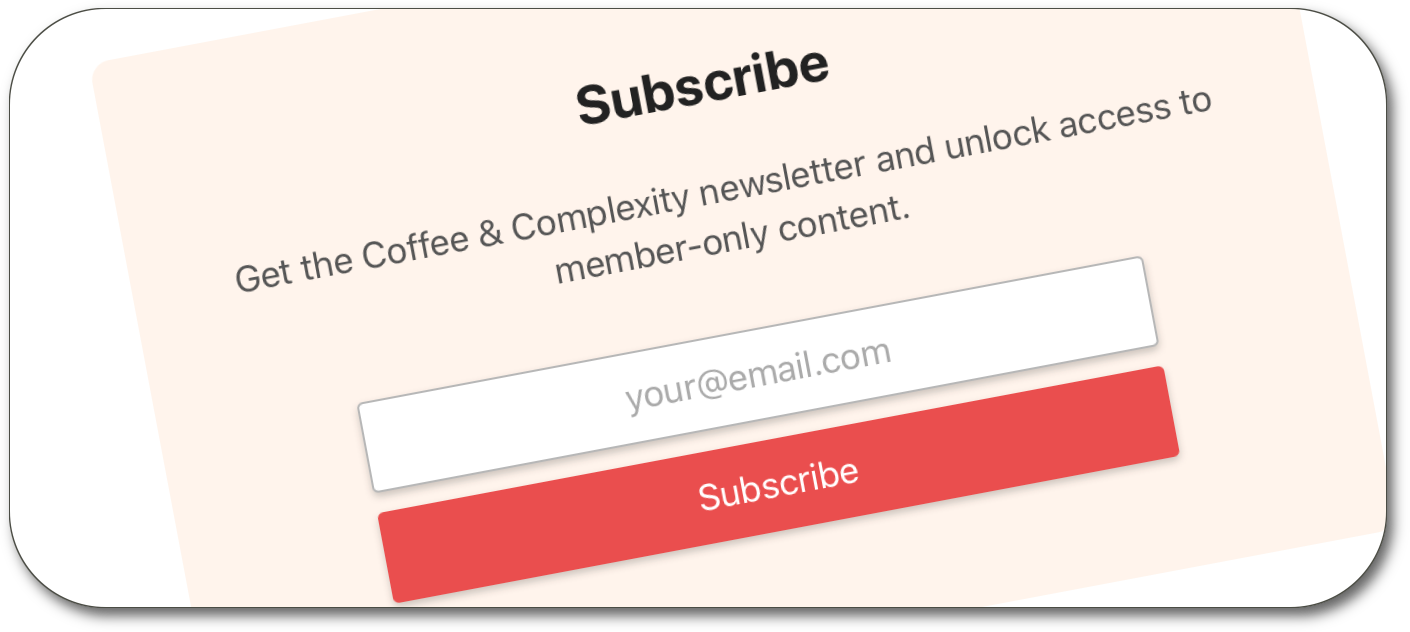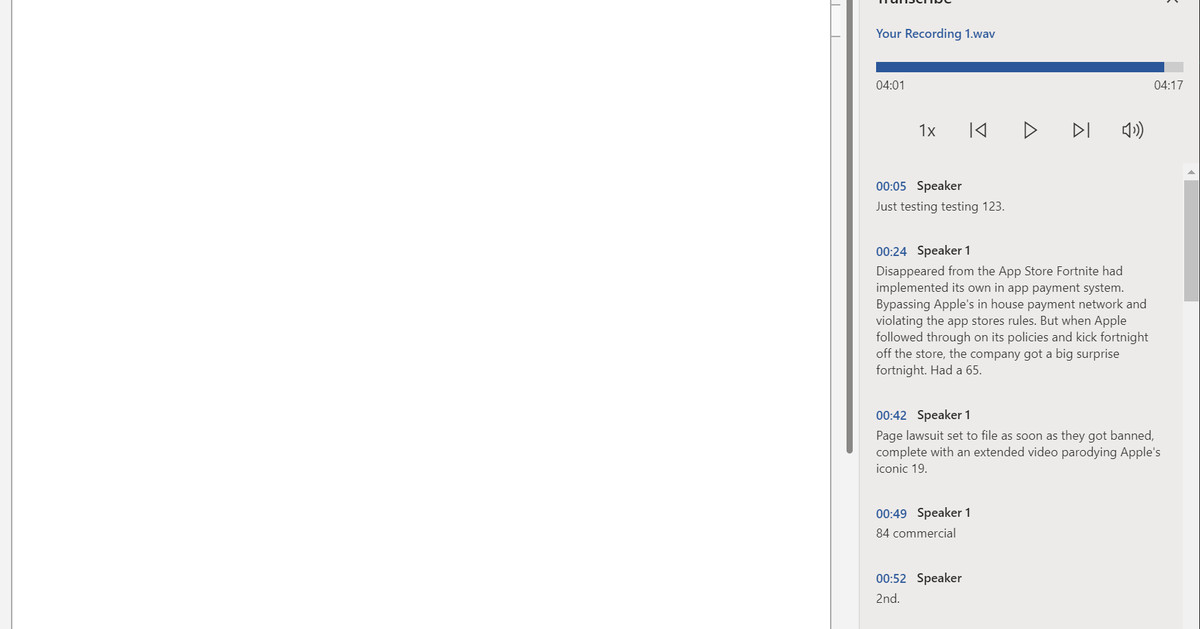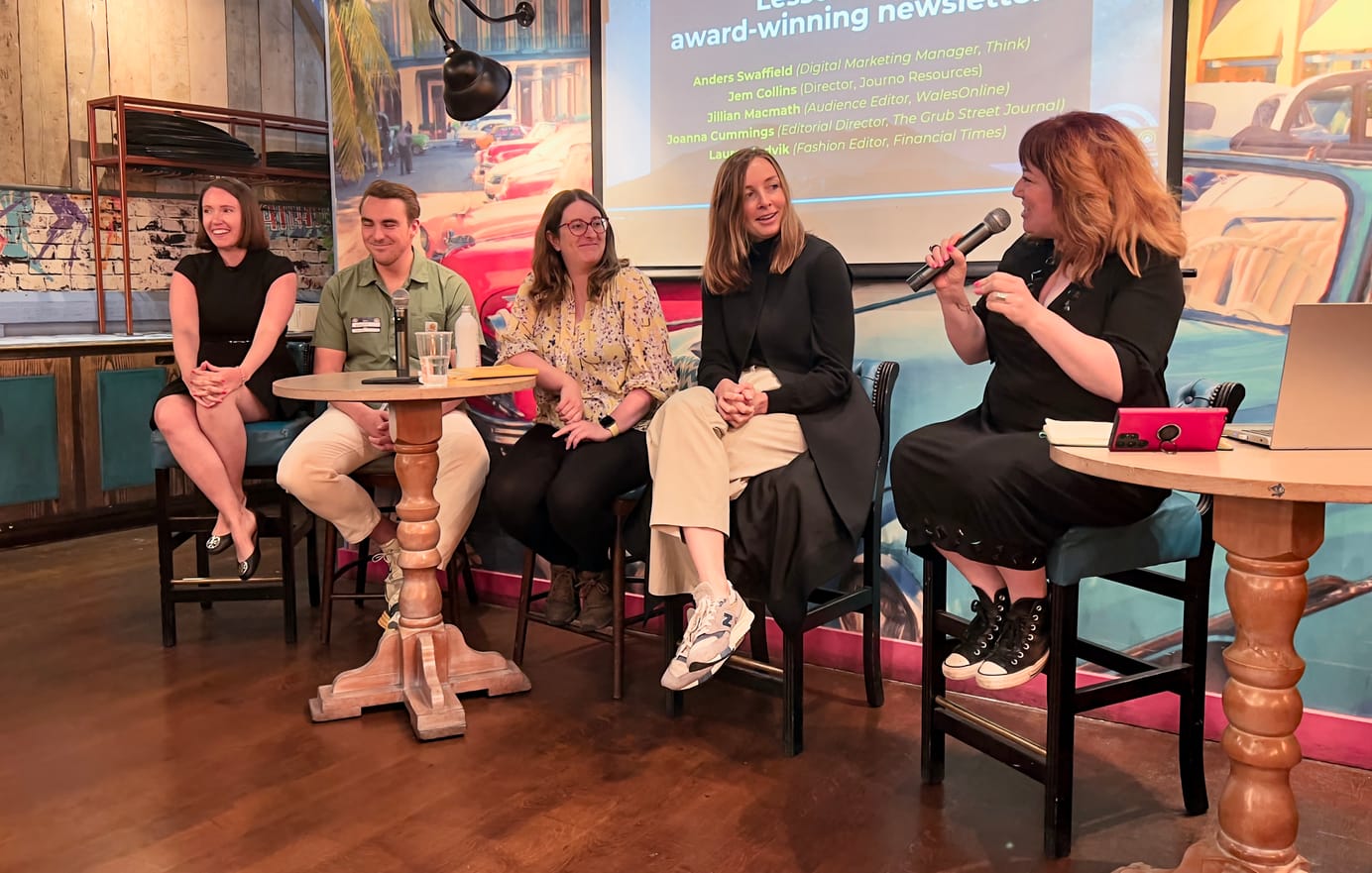
The future of newsletters lies in exploring their versatility
Newsletters are climbing up the hype curve, just as podcasts did a couple of years ago. Making the most of them requires exploring different formats. Some publishers have started that process.
I've made the comparison between blogs and the new newsletters before. I still think that holds. But there's more to newsletters than that.
Earlier in the month, Conor Dewey published an interesting piece on the future of newsletters, much of which I agree with.
Dewey defines the good Substack-style newsletter as being:
- They are long-form essays
- The writing is usually high-quality
- They specialize in a specific area or niche
As he puts it:
Coincidentally, these are the same traits that have made internet blogs successful for 20+ years.
Leaving aside the horrible redundancy of "internet blogs" (how many non-internet blogs do you know?), he's right. The personal essay blog has been reborn in the form of the newsletter. This is a cyclical process. Many of the earliest blogs actually started as newsletters. As Om Malik put it recently:
Coincidentally my blog started as an email newsletter too — Dotcomwala — but eventually transformed into a blog. It is the same wine; bottles keep changing. In the end, what matters is words, thoughts, and continuity. Mainstream media folks, unfortunately, follow the hype, not a desire to write.
However, that rather assumes that publishers are going to restrict themselves to the "personal essay format" that Dewey referred to above. In both cases, I think there's a category error in play: they're confusing the container with the form.
Not every newsletter needs to exist in the personal essay form. Indeed, I've worked with clients for whom that approach to newsletters was a disaster: their specific niche audience was interested in links, links and more links. Opinion and analysis could go hang. Open rates dropped like a stone when they followed the herd and added a personal introduction. They pulled the intro, and the open rates climbed back up.
There is not one perfect newsletter form. There are great forms yet to be discovered. But people are starting to explore the potential inherent in the versatility of newsletters, as this Digiday piece highlights:

There are some interesting examples in there:
The Wall Street Journal launched its first free, course-style newsletter, the Six-Week Money Challenge, this month, which provides instructional steps each week that readers can follow to increase their knowledge about personal finance.
I find this just fascinating. This is the newsletter version of stock content. That six week course can be started any any time, and potentially updated periodically, too. It's also an approach that the existing newsletter-centric tools, like Substack and Revue, don't support right now. (There's a business opportunity for someone in there.) These platforms are locked into the "news" model of an email delivered in a specified moment of time, just as many newsletter publishers are. But, for many niche sites, this "part-work" approach might be a more compelling opportunity.
As the Digiday article mentions:
“News organizations have historically not really invested in these because they require some up front work and it’s a little bit different than the day-to-day format,” said Dan Oshinsky, founder of email strategy consultancy Inbox Collective. “It’s not the first thing you tackle. This is the second wave of newsletters.”
The raw appeal of newsletters is that they're a direct form of engagement — they're not mediated through algorithms like search or social — that readers sign-up to receive.
The inherent advantages of the format do not dictate the format. though. But people are already trying to define the "perfect" newsletter format. What will happen, because it always happens, is that most outlets will fall back on the two default options:
- The personal essay by a niche expert
- The "grab bag of links" with an introduction
But newsletters hold more promise than that. And this is the first sign of the next wave of experimentation. And, as usual, the ones that win will be the experiments that manage to perfectly mesh user need with business gain. For example, many existing "course" newsletters have an affiliate model:
CNN’s, BuzzFeed’s and Wirecutter’s courses all have built-in an affiliate strategies that layer in products that are meant to help readers complete action items easier.
Experimenting with newsletters is comparatively cheap - the main overhead is going to be in people's time. Given their power as an audience engagement tool, that has to be time well spent.
Other links of interest
Other things worth you checking out today.
Word offers online transcription
This looks incredibly handy:

I've used Otter.ai for a couple of projects, but I don't use transcription enough to make it worthwhile subscribing routinely. Getting this as part of my Office 365 subscription looks like exactly what many of us need, but heavier users will probably still be better off with the specialist product.
Cool Job
The New York Times is looking for a London-based social media editor. I bet there are people reading this who would be perfect for that job.
Subs on the Up
Unexpected good(ish) news for the industry:
Digital publishing revenues fell less than expected to £117.1m in Q1 2020, a 2.3% decline against Q1 2019, according to the latest quarterly Digital Publishers Revenue Index (DPRI) from the Association of Online Publishers (AOP) and Deloitte.
A boom in subscriptions is somewhat offsetting the crash in advertising and events revenue.

Sabotage
The other morning, I sat down in front of my iMac to start work. And the mouse would not respond. I couldn't figure out why, until I finally turned it over:

Shh
If you wonder where the lead image at the top of this post came from, well, it's a wee passion project of mine that will launch in the coming days…
Sign up for e-mail updates
Join the newsletter to receive the latest posts in your inbox.













